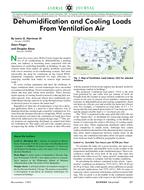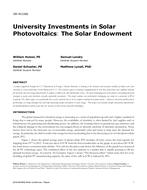The purpose of this paper is to derive interaction variables for Conditional Demand Analysis (CDA), which can estimate the electric energy consumption of a specific household facility. There have been considerable attempts to reduce household energy consumption because households, especially apartments, are considered as a substantial consumer of electric energy. Although it will be helpful to determine the energy consumption at the end-use level, there is only information about the total energy consumption of primary energy, such as electricity, natural gas, oil, and district heating. Therefore, it is necessary to disaggregate the total energy demand into components that are attributable to specific end uses, such as heating, cooling, ventilation, domestic hot water, lighting, cooking, appliances, etc. With this information, the use of electric energy, especially by household facilities, can be easily controlled by occupants because it reflects the behavior of occupants directly. Using this information, we can easily determine how much electric energy has been used based on the occupant’s behavioral patterns and, make decisions to reduce energy costs and choose energy –efficient facilities. CDA is a methodology that is based on statistical regression of end-use facilties. Using this method, we can appropriately estimate the distribution of the total electric energy among end-uses. Furthermore, it can be directly related to the guidelines for residents to voluntarily participate in preventing excess electric energy consumption.
Citation: 2016 Winter Conference, Orlando, FL, Conference Papers
Product Details
- Published:
- 2015
- Number of Pages:
- 8
- Units of Measure:
- Dual
- File Size:
- 1 file , 970 KB
- Product Code(s):
- D-OR-16-C006


